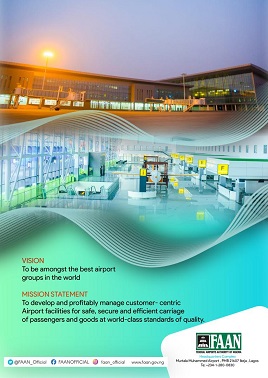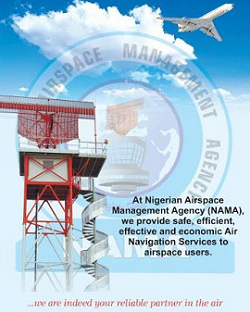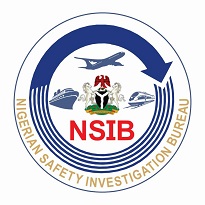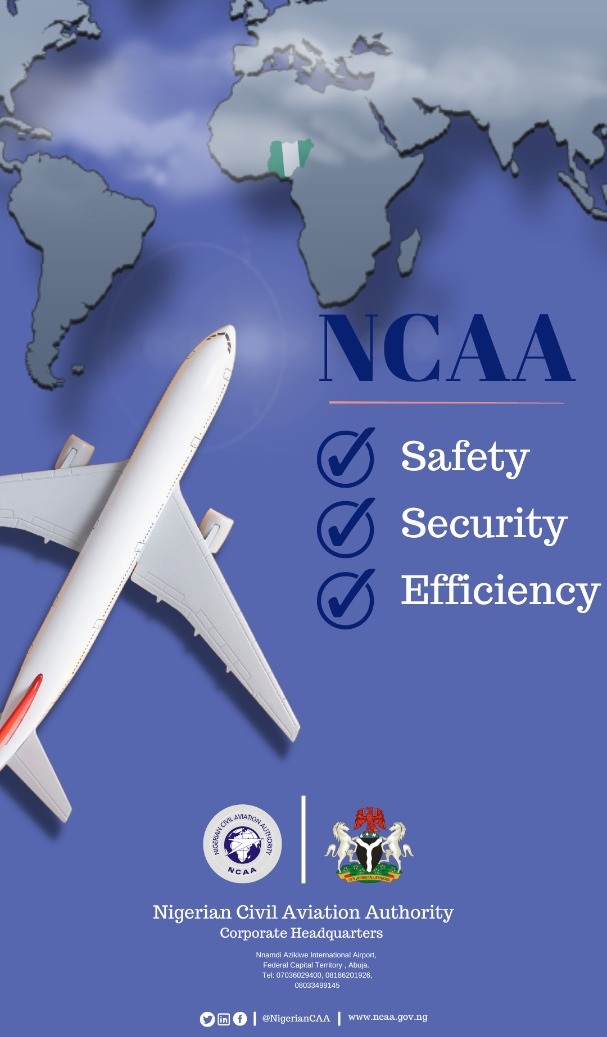
In a bid to address challenges arising from the flow of air traffic between Flight Information Regions (FIRs), the Nigerian Airspace Management Agency (NAMA) has signed Letters of Agreement with the Agency for Aerial Navigation and Safety in Africa and Madagascar (ASECNA). The agreement which was signed in Lagos at the end of a five-day coordination meeting with ASECNA officials from Lome and Cotonou sought to enhance air traffic coordination between the Lagos Area Control Centre (ACC) and Lome Area Control Centre as well as between Lagos ACC and Cotonou Approach Unit.
Specified in the Letters of Agreement were procedures for separation of aircraft between the two ACCs in terms of radio frequencies, the point at which aircraft are transferred and altitudes for transfer of aircraft across the common boundaries. Also in the agreement were modalities for the coordination of air traffic along the newly created routes (UL255 and UN247) within Lome airspace terminating at POLTO.
The ASECNA officials were assured that issues with coordination and data interchange equipment like Automatic Identification and Data Capture (AIDC) and Air Traffic Services Message Handling Services (AMHS) would soon be surmounted with the ongoing deployment of the new VISAT 10.02 network.
The concept of Free Route Airspace (FRA) already in operation within Kano Flight Information Region (Nigeria) as well as its derivatives like increased airspace capacity; shorter travel time; reduced carbon emission, reduced operational costs to the operators and reduced workload for controllers and pilots was presented to the visitors for possible adoption and implementation.
The visiting ASECNA team also inspected navigational facilities at the Murtala Mohammed International Airport, Lagos, like the Total Radar Coverage of Nigeria (TRACON) Site, control tower, mobile control tower at CENTREX, CAT III equipment as well as the newly installed Surface Movement Radar.
Meanwhile, the Managing Director of NAMA Engr Tayib Odunowo has expressed confidence that regional collaborations and synergy between adjacent FIRs were critical to the safety of the African sky. Odunowo who was represented at the signing of the Letters of Agreement with ASECNA by the General Manager, Air Traffic Control Operations, Mr. John Tayo said such collaborations would guarantee seamlessness of air traffic management as well as interoperability of Communication, Navigation and Surveillance / Air Traffic Management (CNS/ATM) systems among states on the African continent.








